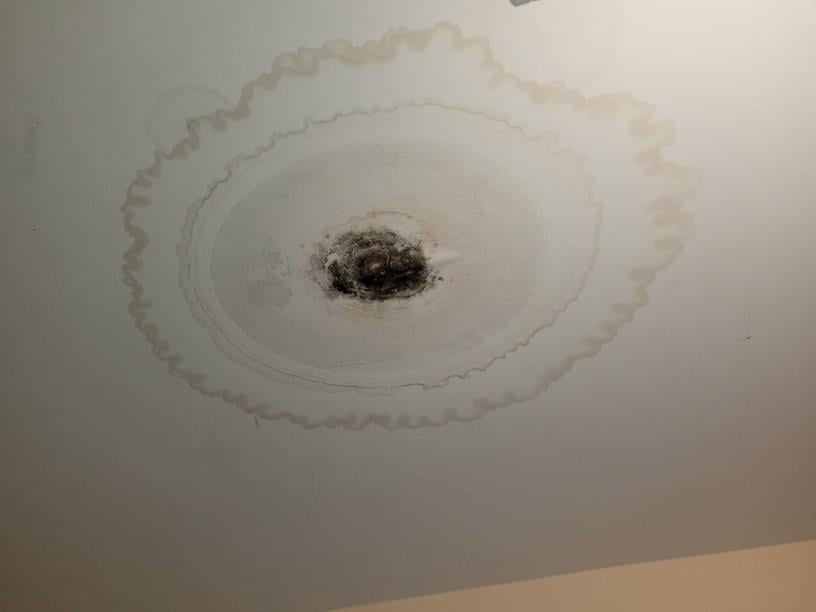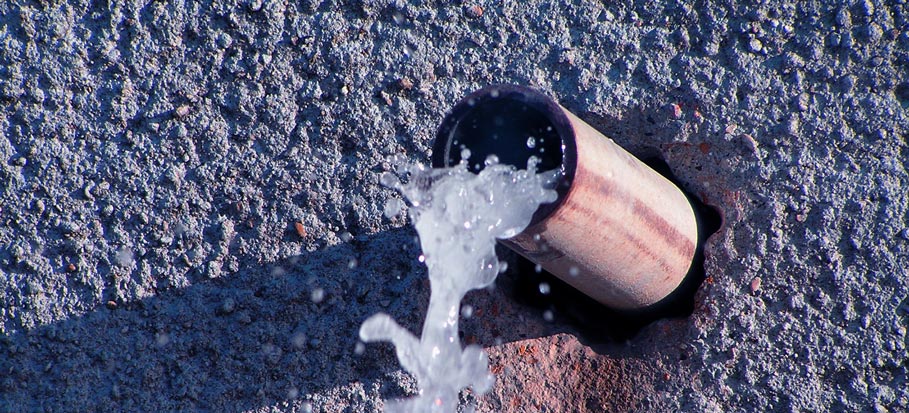Overview To Water Leak Detection In The House
Overview To Water Leak Detection In The House
Blog Article
We have stumbled on this article relating to Leaking water lines directly below on the web and believe it made good sense to discuss it with you on this site.

Early discovery of leaking water lines can minimize a potential calamity. Some little water leakages may not be visible.
1. Take A Look At the Water Meter
Every house has a water meter. Examining it is a proven manner in which helps you discover leakages. For beginners, shut off all the water sources. Make sure no person will certainly flush, make use of the tap, shower, run the cleaning maker or dishwashing machine. From there, go to the meter and watch if it will transform. Considering that nobody is using it, there need to be no movements. If it relocates, that suggests a fast-moving leakage. Similarly, if you discover no changes, wait an hour or two and inspect back once more. This indicates you may have a sluggish leak that could even be below ground.
2. Check Water Usage
Evaluate your water costs as well as track your water usage. As the one paying it, you need to discover if there are any kind of disparities. If you spot sudden changes, despite your consumption being the same, it means that you have leakages in your plumbing system. Keep in mind, your water costs should drop under the exact same range every month. An unexpected spike in your expense shows a fast-moving leakage.
On the other hand, a stable boost on a monthly basis, despite the same behaviors, reveals you have a slow-moving leak that's additionally gradually escalating. Call a plumber to completely examine your residential or commercial property, particularly if you feel a warm area on your floor with piping below.
3. Do a Food Coloring Examination
30% comes from bathrooms when it comes to water consumption. Test to see if they are running appropriately. Decline flecks of food shade in the tank and wait 10 minutes. There's a leakage between the storage tank as well as bowl if the shade somehow infiltrates your dish throughout that time without flushing.
4. Asses Exterior Lines
Don't fail to remember to check your outdoor water lines also. Needs to water seep out of the connection, you have a loosened rubber gasket. One little leakage can squander loads of water and increase your water bill.
5. Assess the scenario and also inspect
Homeowners ought to make it a behavior to inspect under the sink counters and also also inside cabinets for any kind of bad odor or mold and mildew growth. These two red flags suggest a leakage so timely interest is required. Doing routine examinations, even bi-annually, can save you from a major trouble.
Examine for discolorations and deteriorating as the majority of pipelines as well as devices have a life span. If you suspect dripping water lines in your plumbing system, do not wait for it to escalate.
Early discovery of dripping water lines can alleviate a potential disaster. Some tiny water leaks might not be noticeable. Examining it is a surefire method that assists you discover leakages. One little leak can squander bunches of water and also spike your water expense.
If you believe dripping water lines in your plumbing system, don't wait for it to escalate.
WARNING SIGNS OF WATER LEAKAGE BEHIND THE WALL
PERSISTENT MUSTY ODORS
As water slowly drips from a leaky pipe inside the wall, flooring and sheetrock stay damp and develop an odor similar to wet cardboard. It generates a musty smell that can help you find hidden leaks.
MOLD IN UNUSUAL AREAS
Mold usually grows in wet areas like kitchens, baths and laundry rooms. If you spot the stuff on walls or baseboards in other rooms of the house, it’s a good indicator of undetected water leaks.
STAINS THAT GROW
When mold thrives around a leaky pipe, it sometimes takes hold on the inside surface of the affected wall. A growing stain on otherwise clean sheetrock is often your sign of a hidden plumbing problem.
PEELING OR BUBBLING WALLPAPER / PAINT
This clue is easy to miss in rooms that don’t get much use. When you see wallpaper separating along seams or paint bubbling or flaking off the wall, blame sheetrock that stays wet because of an undetected leak.
BUCKLED CEILINGS AND STAINED FLOORS
If ceilings or floors in bathrooms, kitchens or laundry areas develop structural problems, don’t rule out constant damp inside the walls. Wet sheetrock can affect adjacent framing, flooring and ceilings.
https://www.servicemasterbyzaba.com/blog/how-to-detect-water-leakage-in-walls/

I came across that article about Top leak detection hacks while looking around the search engines. Sharing is good. Helping others is fun. Thanks for going through it.
Report this page